All Saints and All Souls
People
At the beginning of next month the Church celebrates two important feasts: All Saints on November 1, followed by All Souls on November 2. While in the minds of many Catholics these two feasts are inextricably linked, they originated at different times and have different emphases.
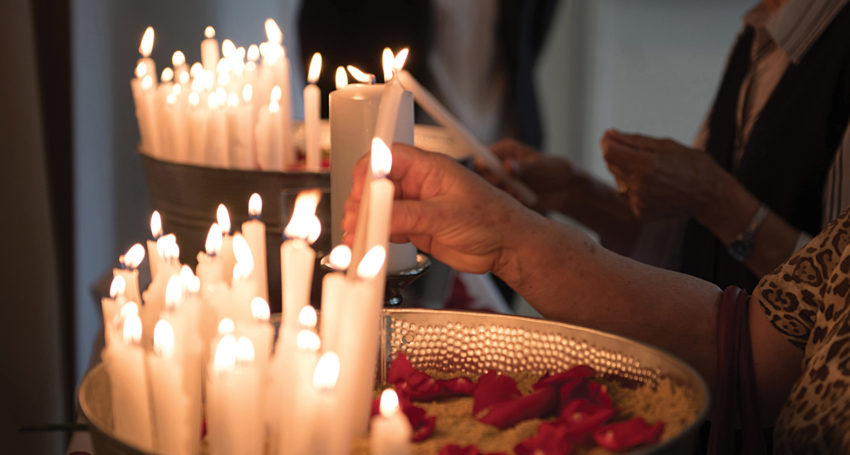
All Saints
From its earliest days the Church has commemorated the anniversaries of the martyrs, those who would face death rather than deny their faith in Christ. In the West, the number of martyrs was particularly high under the rule of the emperor Diocletian at the end of the 3rd century, but less than 10 years after his death Christianity was given legal status as a religion. Because there were not enough days in the year to mark the death of each individual martyr the first Sunday after Pentecost was assigned to celebrate all martyrs.
Advertisement
In 609 the emperor Phocas gave the Pantheon in Rome to Pope Boniface IV, who rededicated it to St Mary and All Martyrs and established May 13 as the feast on which they would be commemorated. However, once Christianity had become the official religion of the Roman Empire late in the 4th century, and the persecutions of Christians was a thing of the past, it was virgins and pastors who became role models for Christian living. It was in the time of Pope Gregory III (731-741) that November 1 became the feast of All Saints, since it was on that day that he dedicated an oratory in the original Basilica of St Peter in honour of the saints. This date soon extended to the whole Church.
The feast celebrates the personal holiness of individual men and women, whether or not they have been officially recognised through canonisation by the Church. Their stories inspire us to strive for holiness in our own lives and remind us that with the gracious love and mercy of God this is an attainable goal.
All Souls
On this day we remember every Christian who has ever died. Traditionally, Catholics have offered prayers so that the time of purification between a person’s death and their entry into eternal happiness might quickly be attained. Only God can truly judge hearts and minds and we call on God’s gracious mercy to look beyond the sinfulness of individuals and draw them into that wonderful communion that is shared between the Father, the Son and the Holy Spirit.
Related Story
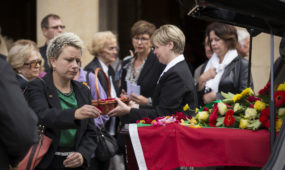 People
People
Celebrating Christian funerals
In the early centuries of the Church, the names of the faithful departed were posted in the church so that those still living would pray for them. In the 6th century, the Benedictine monks held a solemn commemoration of their deceased brethren in the week after Pentecost. In the 11th century, St Odilo, the abbot of the Cistercian monastery at the Cluny dedicated November 2 as the time when special prayers would be offered for the deceased and that the Office for the Dead would be sung for all the souls in Purgatory. This practice was taken up by the Benedictines and the Carthusians and gradually became the feast of All Souls for the entire Church. In the 15th century, the Dominicans began the custom of offering three Masses on this day. In 1748 Pope Benedict XIV approved this practice and it quickly spread throughout Spain, Portugal and Latin America. During World War I, Pope Benedict XV granted all priests the privilege of celebrating three Masses on this day, and this practice remains to the present.
In fact, every celebration of Mass includes prayers for the dead. However, the feast of All Souls is an opportunity for each of us to remember that even though we no longer share a physical life on earth with ‘those who have gone before us, marked with the sign of faith’, we remain in communion with them, united forever through our baptism. In a letter for the Millennium of All Souls’ Day, Pope John Paul II reminded us that while the time of ‘waiting for eternal happiness and for meeting the Beloved is a source of suffering… there is also the certitude that once the time of purification is over, the soul will go to meet the One it desires’.


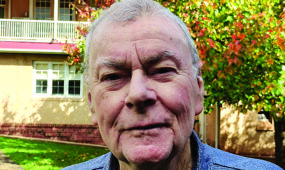

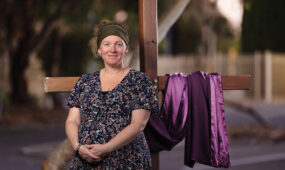
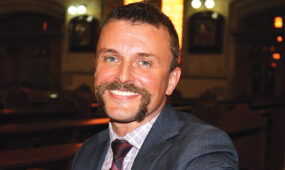

Comments
Show comments Hide comments